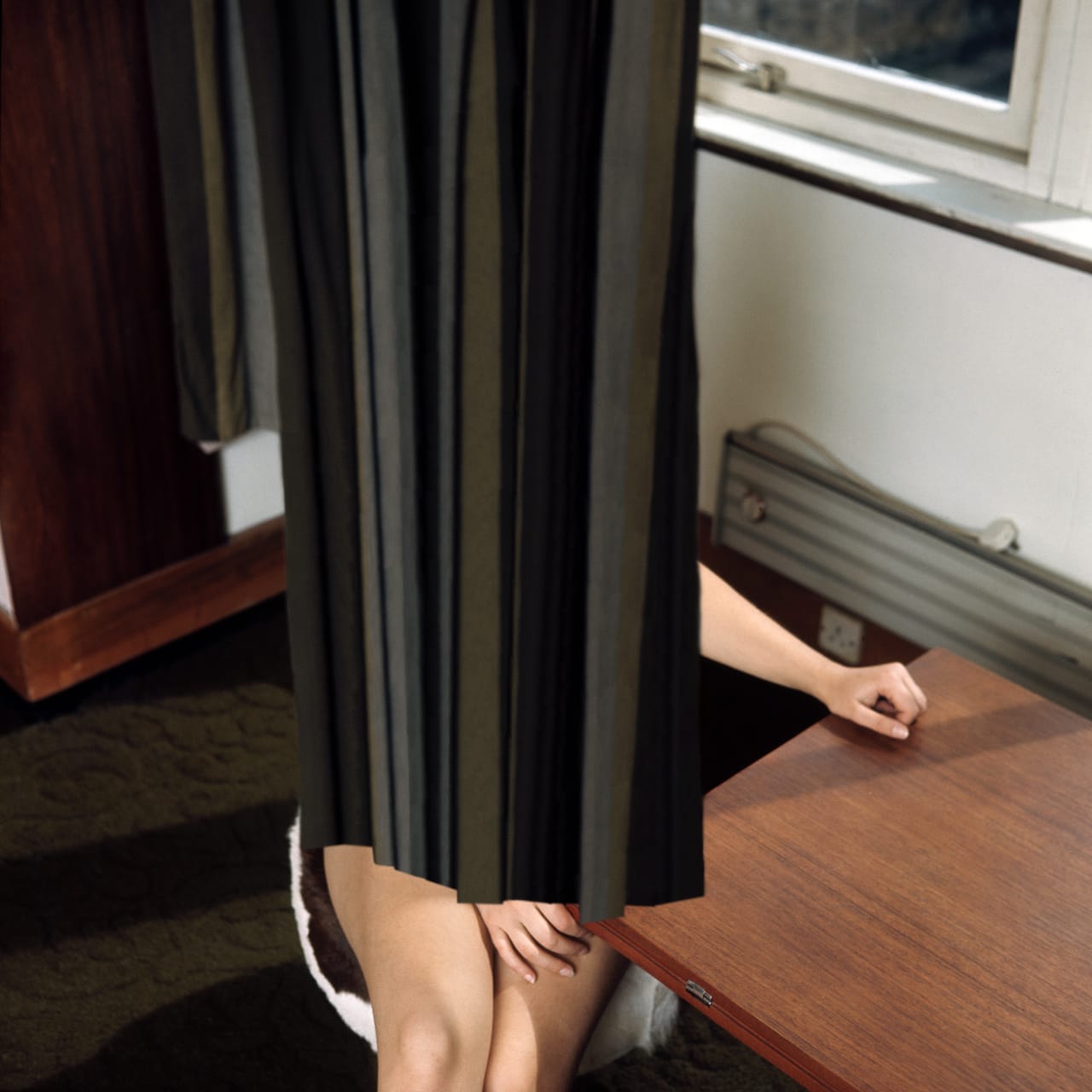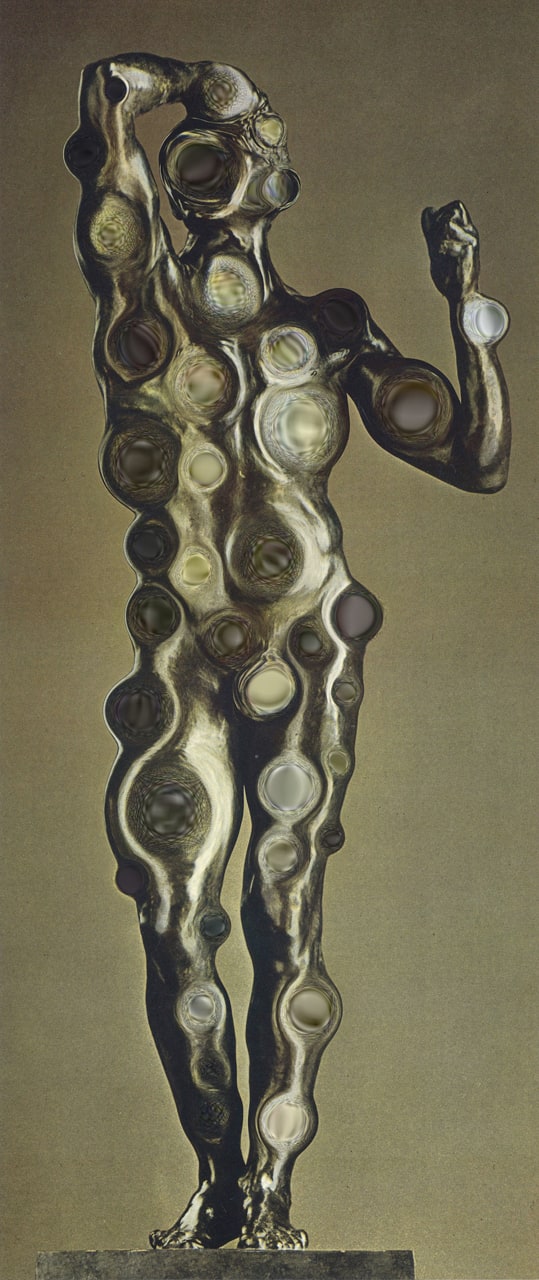"Everything tends to make us believe that there exists a certain point of the mind at which life and death, the real and imagined, past and future […] cease to be perceived as contractions."
André Breton wrote this quote in his seminal Manifesto of Surrealism (1924). The art of collage, very much in line with the spirit of Surrealism, unleashes the chimera of anarchic human imagination and thought, juxtaposing seemingly incongruent elements to bring out a reality unmediated by reason or consciousness, to bring out a surreality.
In Blommers & Schumm's black-and-white collage Merkelbach; Paraplu Hoofd (2013), one can see a quirky modern-day rendition of Archimboldo; but instead of an assortment of vegetables and fruits, we see everyday objects arranged into a portrait. The photographic duo uses this pareidolic illusion to reveal the ambiguity in our lives—is what we experience really what is presented before our eyes? Friction is created between the two modes of reality, and we are led to question whether it is our unconscious impressions or our rationality that should take precedence when looking at the world. What is to be believed, and what really constitutes reality, if there exists one at all?

Merkelbach - Parapluhoofd, 2013 © Blommers & Schumm : courtesy The Ravestijn Gallery
Michel Lamoller's Walls Apart (Pallasstr. 6) (2018) guides us further down the rabbit hole. Here he collages various architectural and household segments to create a phantasmagorical interior—or exterior, depending on the way you look at it—almost belonging to that of a bizarre dreamscape. Perhaps a homage to the automaticity of dreams, Lamoller lends credence to the uncanny surreality brought out in dream-states, reproducing what we experience in the unchartered territories of sleep, bringing our attention to its importance in light of our nonchalant dismissal of the experiential reality in dreams.

Drape (Colour I), 2011 © Eva Stenram : courtesy The Ravestijn Gallery
Eva Stenram explores the notion of the uncanny further in Drape (Colour I) (2011). In the photomontage we see a woman, albeit only with parts of her extremities visible, the rest veiled with a drape. There is a certain voyeurism in the work, as our gaze is fixed on the mystery woman, who cannot gaze back at us. We are tempted to play the Freudian psychoanalyst and recall what he terms the uncanny, the dread we feel when our repressed, unconscious desires and fantasies surface and put our rationality and superego in the background, when something that was previously hidden comes to light. The conscious and unconscious come into a conflict in the constructed image, both literally and figuratively.

Skulptura Citrinitas, 2019 © Koen Hauser : courtesy The Ravestijn Gallery
Koen Hauser's Citrinitas (2019) again makes apparent the psychoanalytic undertones of the works in the exhibition. Citrinitas, in Jungian terminology, is a manifestation of the archetype representing the Self, a sage, that emerges in the individuation process after which the unconscious is developed. Incidentally it also resembles Jacques Hérold's sculpture The Grand Transparent (1947), a personification of the condition of our aleatoric, chaotic existence proposed by Breton, of which we are mere interpreters and victims. It seems, then, to remind us of the fact that we are not to fight entropy with the tyranny of reason, but to embrace it, and to quote Breton, be a "sleeping philosopher [and] surrender [ourselves] to the dreamers."

Diorama Map Amsterdam, 2014 © Sohei Nishino : courtesy The Ravestijn Gallery
Sohei Nishino's Diorama Map (2014) is a breathtaking mise-en-scène composed of photographs of different facets of cityscapes, altogether making up a map of a city, constructed as he sees it. This is reminiscent of Max Ernst's series of paintings The Entire City (1933-37), and like Ernst's work—done with the grattage technique—it too goes beyond conventionalities of his medium and relies on a certain automaticity: the city is reconstructed according to the artist's impression and experience; here photography is no longer about exact replication, but portraying the vicissitudes of our existence, the world as it is unconsciously experienced.
As the Surrealists saw it, collage is a revelation of unconscious thoughts brought back to the surface, and the works exhibited at the Ravestijn Gallery demonstrate and explore this thoroughly. We are invited to appreciate photomontage as something more than a mere nonsensical amalgamation of unrelated objects, but an experiment in understanding the conditions of our experience.
The Constructed Image is on view at the Ravestijn Gallery from 17 July to 4 September, 2021.










